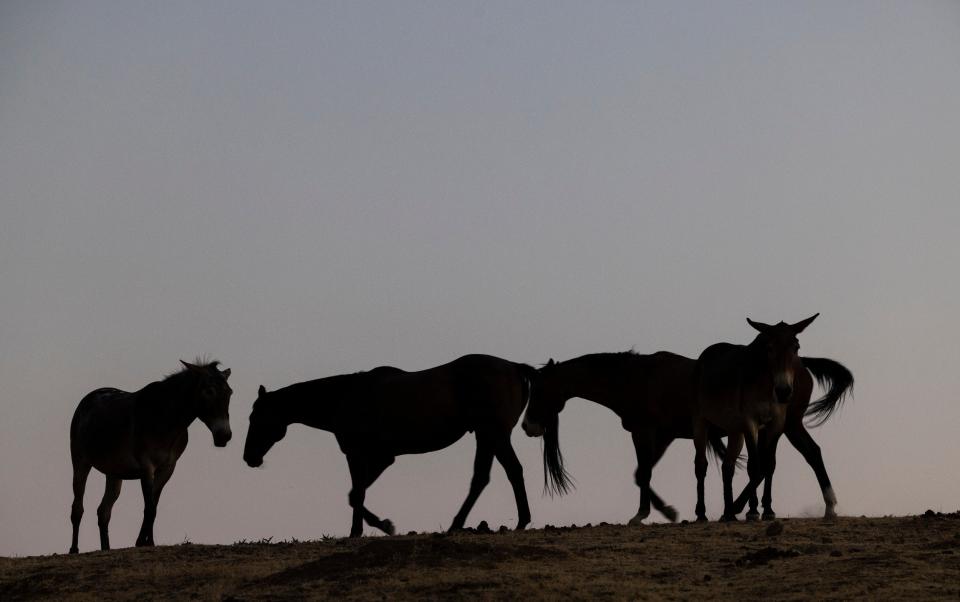Racing braces itself as Panorama set to claim 'thousands' of horses are sent to slaughter in Britain annually

Racing, and more specifically Irish racing, is bracing itself for a backlash following the scheduled airing of the BBC’s Panorama programme on Monday night which will claim “thousands” of racehorses are being sent to slaughter in Britain annually.
Panorama: The Dark Side of Horse Racing has, advance publicity for the programme says, obtained figures which show 4,000 racehorses “most of them but not all trained in Ireland”,’ have been put down in the only British abattoir licensed to shoot horses since 2019.
It comes in a difficult year for the sport in Ireland despite Irish trainers dominating Cheltenham and Aintree and winning three of the four British Classics run so far.
In March, an old photograph of three-time Grand National-winning trainer Gordon Elliott sitting on a dead horse surfaced and went viral. The trainer was banned from training for six months.
One of Ireland’s leading trainers, Jim Bolger, has also cast aspersions on the integrity of the sport, claiming that there is not a level playing field in Ireland by suggesting a problem with performance-enhancing drugs, albeit seemingly without either hard evidence or a willingness to divulge any names. The Irish Horseracing Regulatory Board has also come under fire.
Panorama will use covert footage filmed inside one of Britain’s biggest abattoirs, F Drury and Sons, Swindon, using cameras set up by the anti-racing campaign group Animal Aid, to show how rules set up to protect horses’ welfare when being put down are being regularly flouted within the abattoir.
The undercover filming is claimed to have taken place at the end of 2019 and in early 2020. In 2010, Animal Aid exposed cruel practice to farm animals in the same abattoir.
Three of the horses, two of whom are named in the programme as High Expectations and Kiss Me Kayf, were once trained by Elliott.
He explains to Panorama that the two horses were sent to a dealer “to be rehomed if possible, and if not, to be humanely euthanised in line with the regulations”.
The other was rehomed with someone at the owner’s request and the first time Elliott learnt of the three horses’ fate was when Panorama contacted him.
While racing insiders will, no doubt, be upset to learn what goes on within abattoirs, the regulations governing such places does not come within the remit of the sport’s governing body, the British Horseracing Authority, but, rather, rests with the Department for Environment, Food & Rural Affairs and the Food Standards Agency.
The cameras also followed horses, some of them carrying career-ending injuries, being transported the 350 miles from Ireland by road and sea.
Dr Hannah Donovan, a vet and animal behaviourist, describes this as “unnecessary suffering”.
The BHA’s independent Horse Welfare Board identified a number of areas for improvement in its strategy “A life well lived”, published in 2019. It included the ambition for “lifetime responsibility” and traceability for a horse. It told Panorama it had demonstrated “a clear commitment to improving already high standards of care for racehorses… before, during and after racing”. It added it would “consider carefully any issues raised”.
F Drury and Sons told Panorama: “We take great care to maintain high welfare conditions and do not accept any form of animal abuse. All horses are humanely destroyed and on occasions where issues do occur, we take swift action to review and rectify.”

 Yahoo Sport
Yahoo Sport 





































